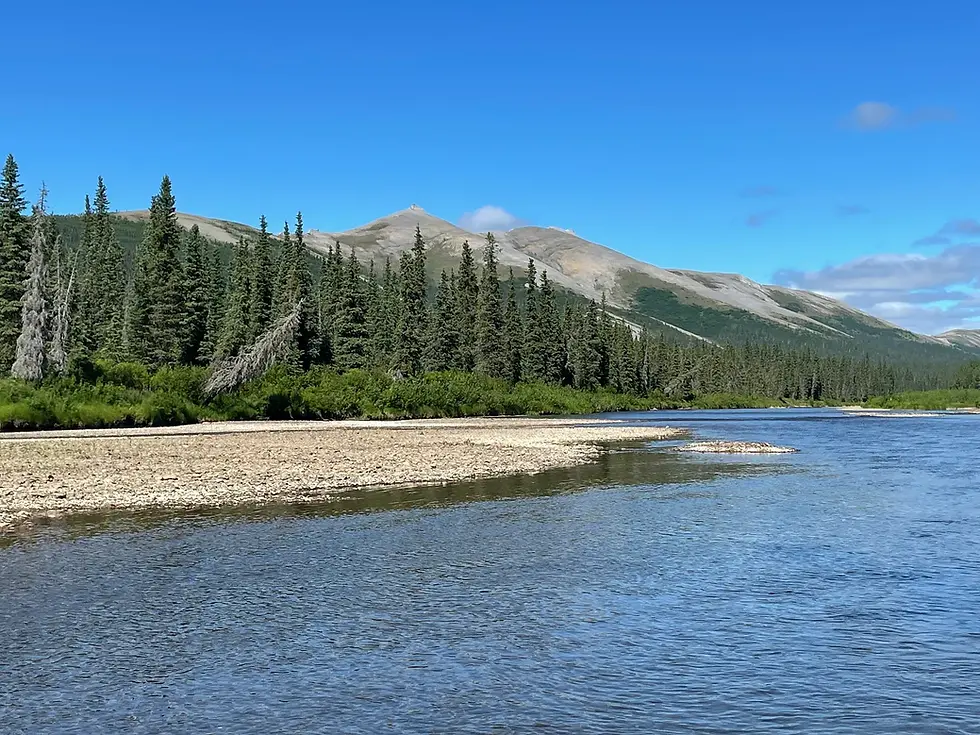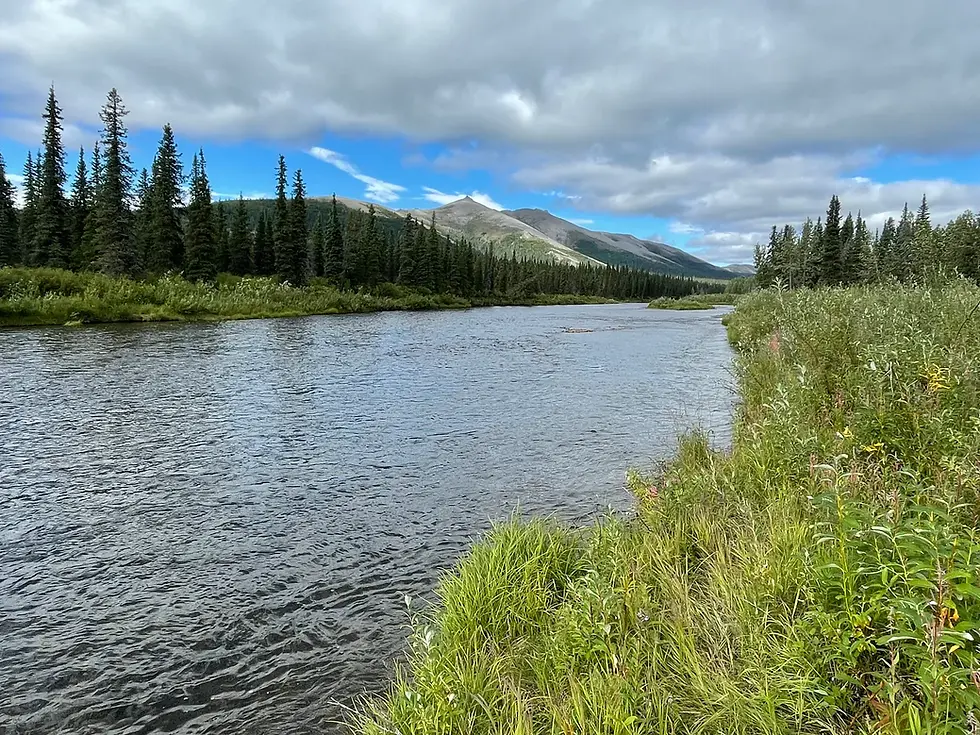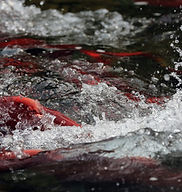Study After Study in the Arctic Point to a New Climate Regime
- Norton Bay Watershed Council

- Sep 14, 2020
- 3 min read
September 15, 2020

September 15th marks the date when Arctic sea ice reached its minimum for the year before expanding in response to shorter days and cooler temperatures. This year’s minimum is the second lowest expanse recorded in 42 years of data collection, at 3.74 million square kilometers, bested only by the 2012 record of 3.41 million square kilometers. This is only the second time the sea ice minimum has dropped below 4 million square kilometers, and it’s worth noting that the minimum in 2012 was aided by a late-season cyclone which broke up the remaining ice. New research published in the journal Nature Climate Change points to the beginning of a new climate regime as increasing air and water temperatures, coupled with more rain rather than snowfall, and the continued decrease in sea ice are speeding this rapid change.
Sea ice has contracted by about 31% since records began in 1979 and decreased in thickness by about two-thirds, with far less multi-year ice than in years past. This leads to greater expanses of open ocean which absorb more of the sun’s infrared rays leading to more warming of the ocean in an accelerating feedback loop. Researches are now projecting that arctic waters will be ice free in the summer within the next 10 to 20 years.
Meanwhile, research focused on the Bering Sea indicates that winter ice cover hit record lows during the winters of 2018 and 2019. Using satellite data and sediment layers from peat cores to quantify ice extent, researchers determined that winter sea ice maximums have declined steeply over the past 40 years, exceeding any prior retreats for the past 5,500 years. Warming temperatures and declining sea ice are also contributing to a shift in ocean circulation patterns.
But climate change isn’t limited to sea ice, as we’ve clearly seen this year with record fires in Siberia and the western United States, along with a ferocious hurricane season.
About those fires – this summer Siberia’s fire season toppled the record set just last year for greenhouse emissions from arctic wildfires. An early start to the season was likely due to an extraordinary 100-degree heat wave and “zombie fires”, or fires that smoldered throughout the winter only to flair up again once snow and ice departed. As with melting arctic ice, researchers saw the escalation in tundra fires as an indication of a new fire regime, one they didn’t expect to see until the middle of the century.
A recent project to map the extent and depth of peatlands (boggy, cold areas where plant decomposition is arrested, thus preventing the release of atmospheric carbon dioxide and methane gases) in northern regions found that the world’s peatlands store approximately 415 billion tons of carbon, equal to the carbon found in all the world’s forests combined. As permafrost soils warm, these peatlands will shift from being a greenhouse gas sink to a source. The faster the north warms, the faster these gasses will be released, creating another feed-back loop that will speed the rate of climate change. It’s worth noting that, according to the research, western Siberia, where those record fires took place the past two summers, contains one of the most extensive regions of permafrost peatlands.
Meanwhile, in Greenland, a 44 square mile chunk of glacial ice broke free from the Spalte Glacier on August 27th, uncorking a bottleneck on mainland ice which can now migrate unimpeded to the sea. This continued deterioration of the Arctic’s largest ice shelf is sped by higher than normal air and water temperatures in northeastern Greenland.
Finally, as if these findings weren’t alarming enough, a new study, exploring the rate of warming during the last ice age, concludes that the current rate of warming is on par with prior warming periods that lead to abrupt warming events of as much as 15 degrees over a few decades. “This is a warning that we have entered what must be characterized as an abrupt change in the climate,” according to Eystein Jansen, one of the study’s authors.








Comments